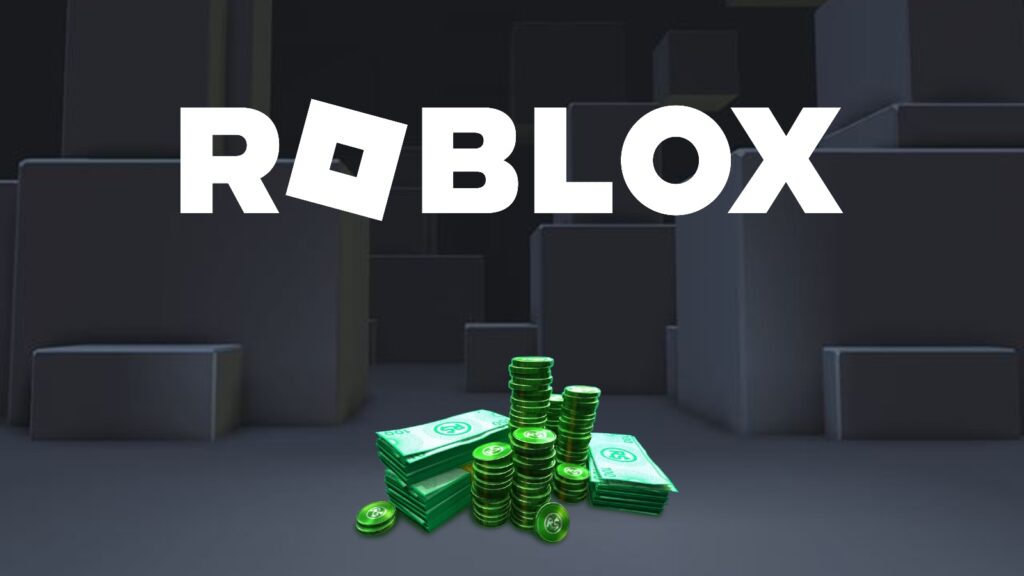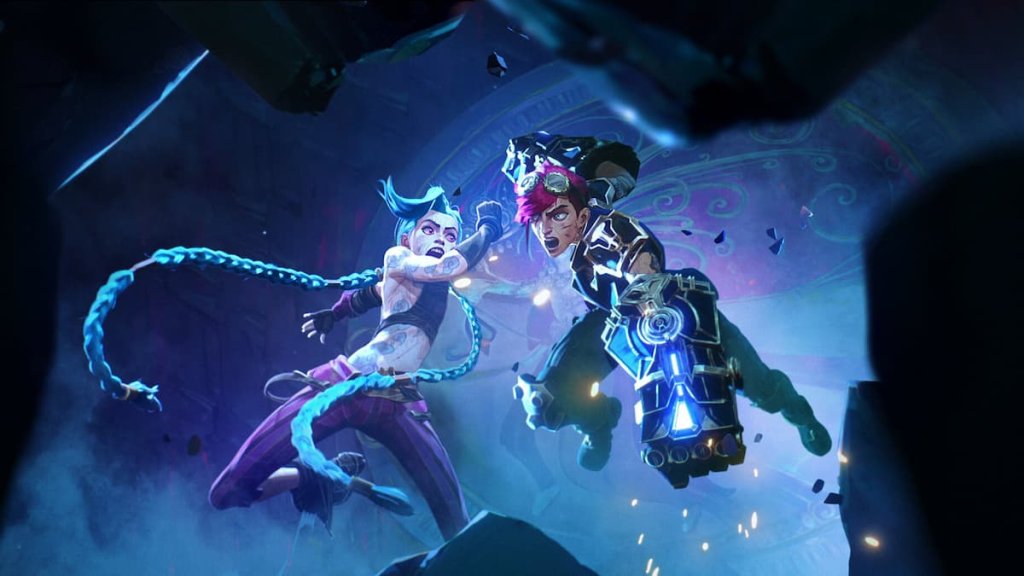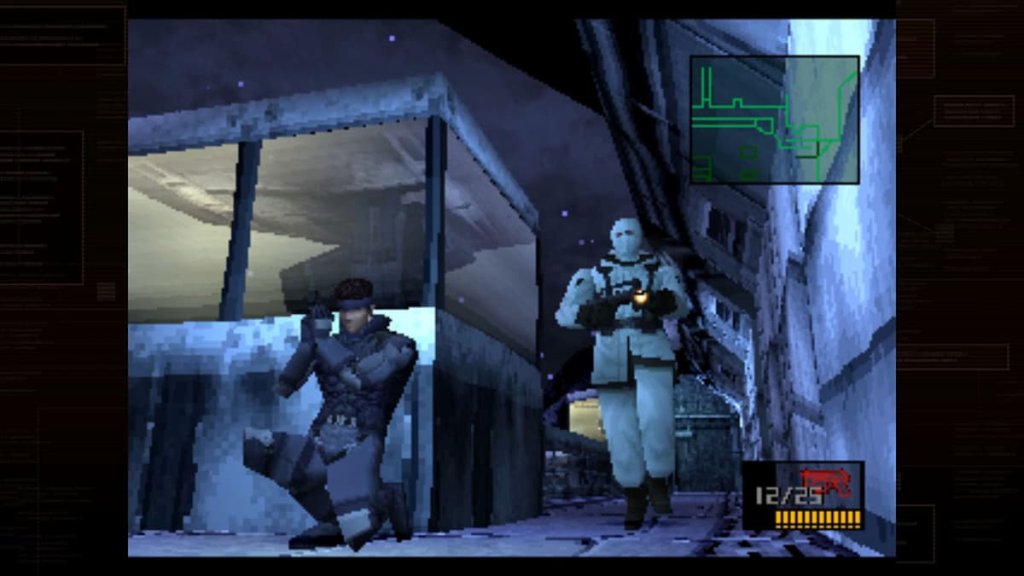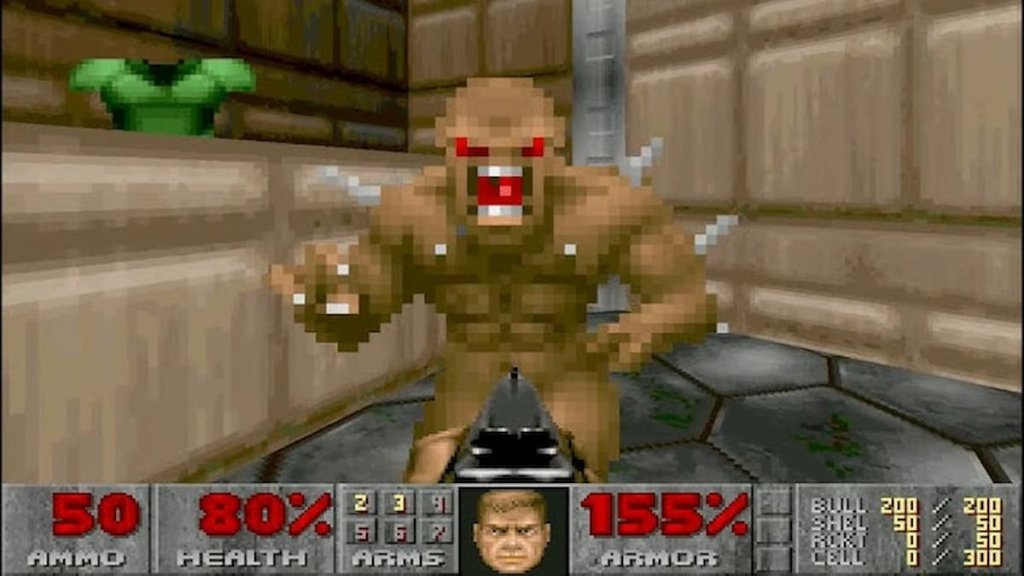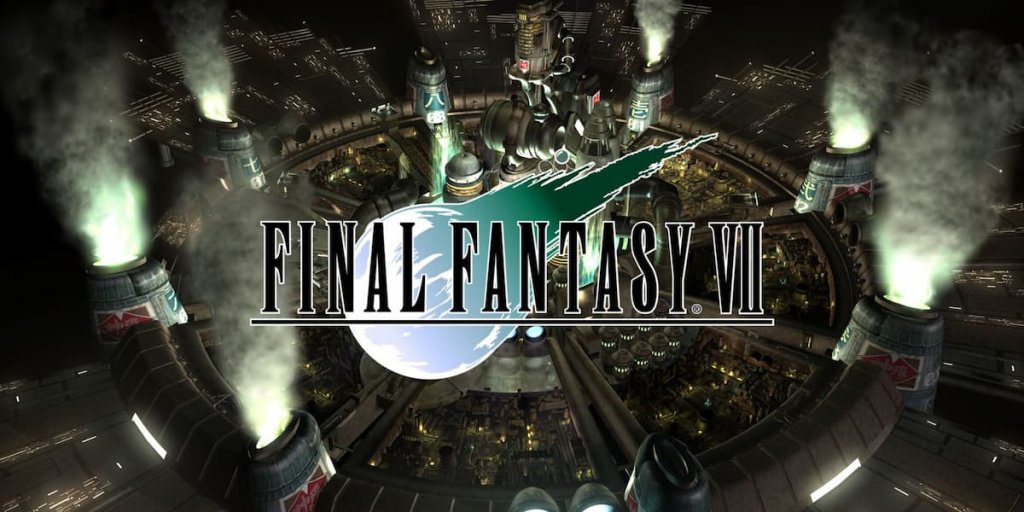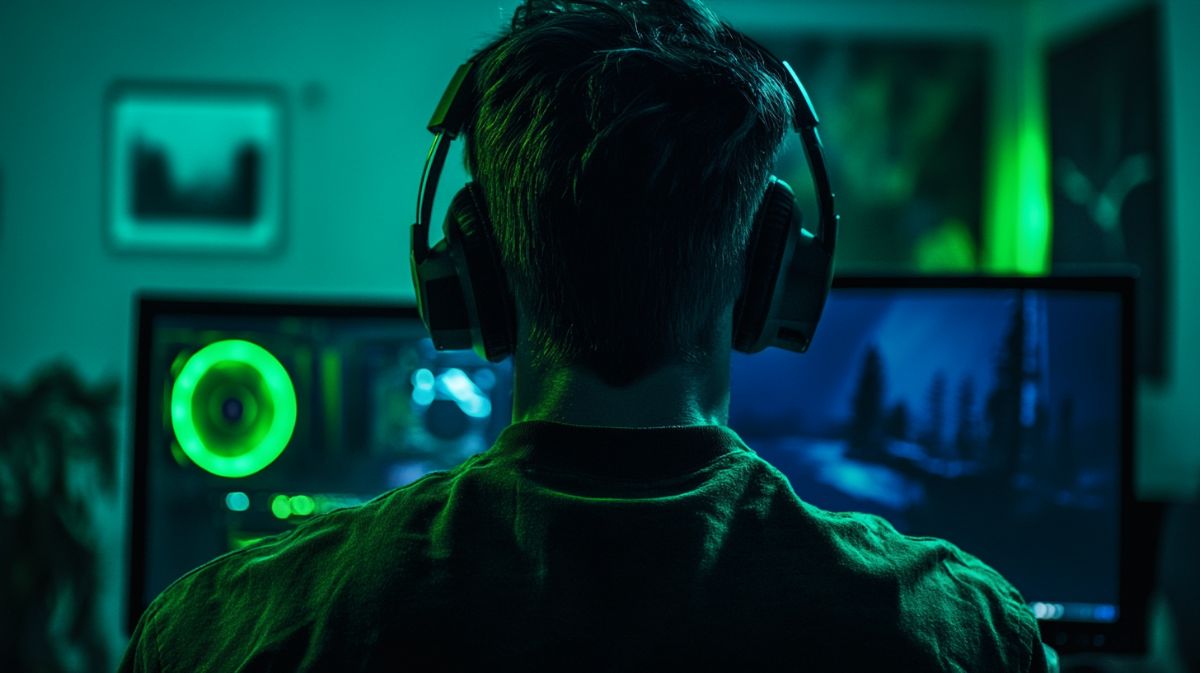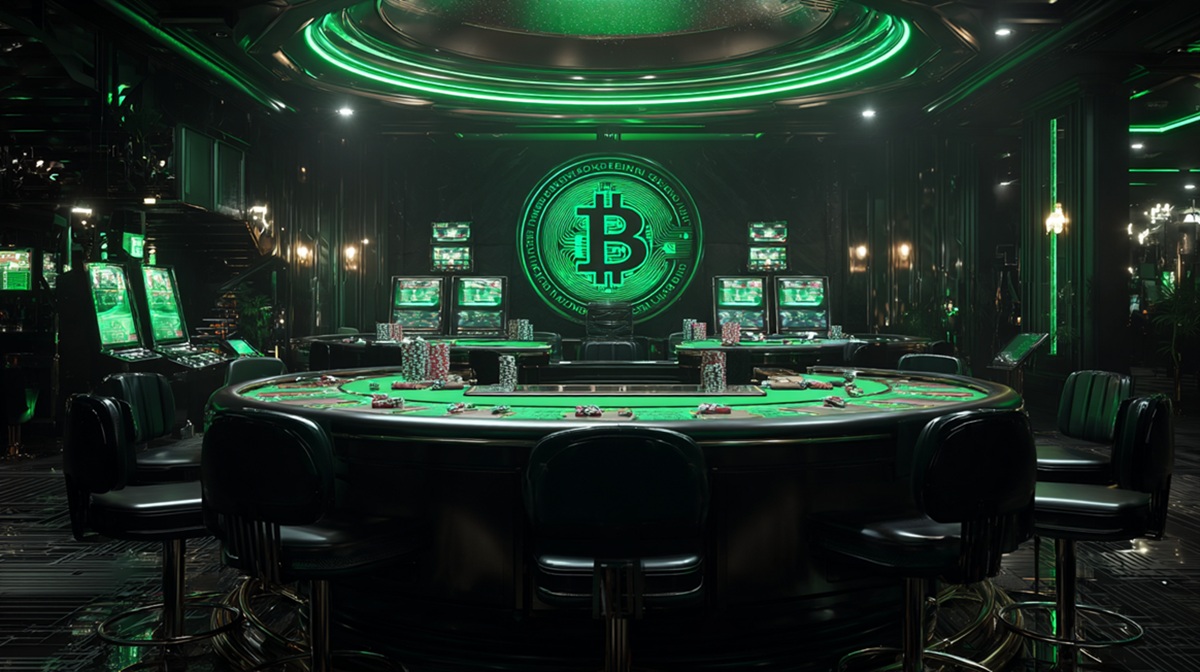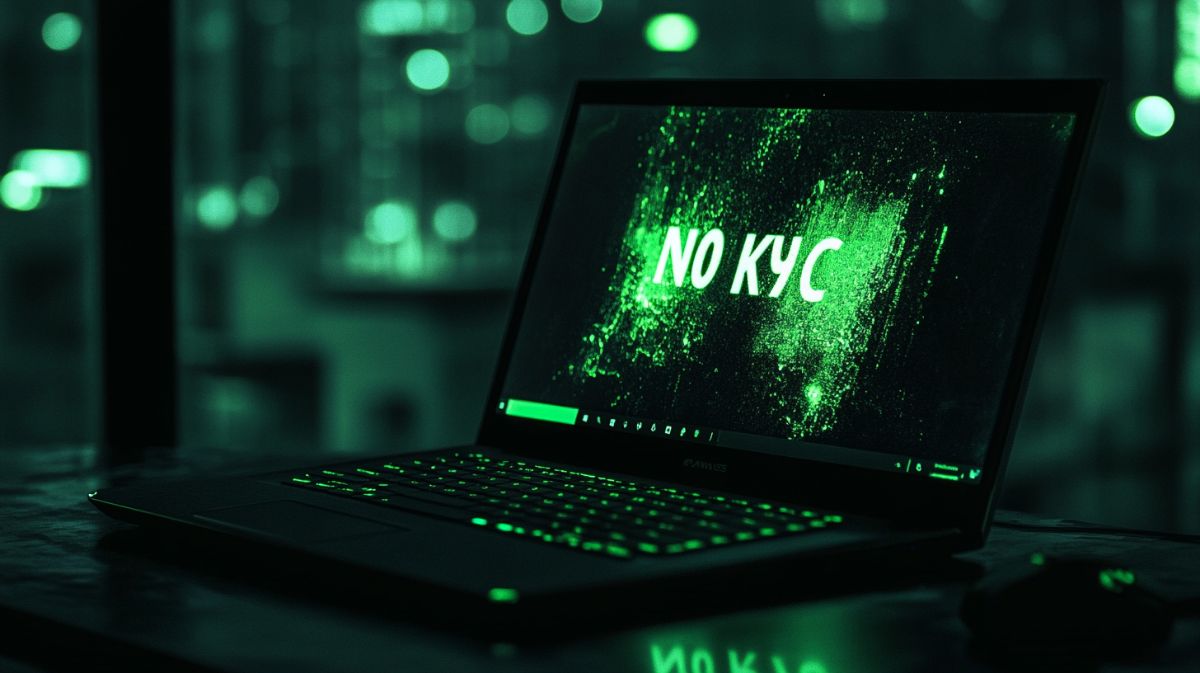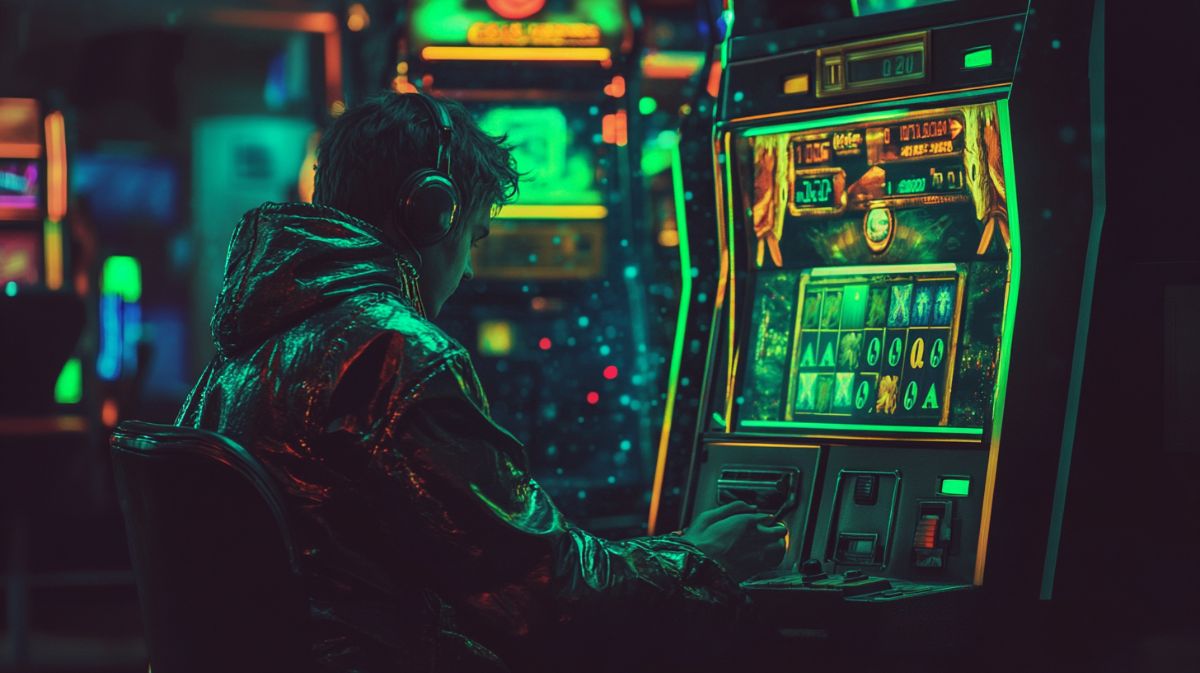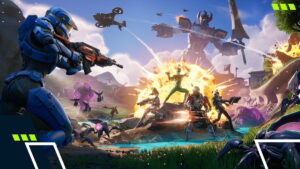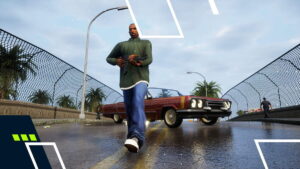Spectre Divide’s Director Talks Game Design in Deep Dive Interview
Spectre Divide entered closed beta on August 13, bringing its unique take on the tactical shooter genre to a mass audience for the first time. As we spent the week diving into the beta, Esports.net were also given the opportunity to talk to the developers of the game.
We sat down with Lee Horn, game director at Mountaintop Studios, to talk about what makes Spectre Divide unique. Horn described his role as “delivering on what the tactical shooter audience wants,” so we quizzed him on the studio’s philosophy in making Spectre Divide, the core mechanic, Duality, and how he’d pitch the game to fans of the genre.
Spectre Divide’s Director on Iron Sights Shooters
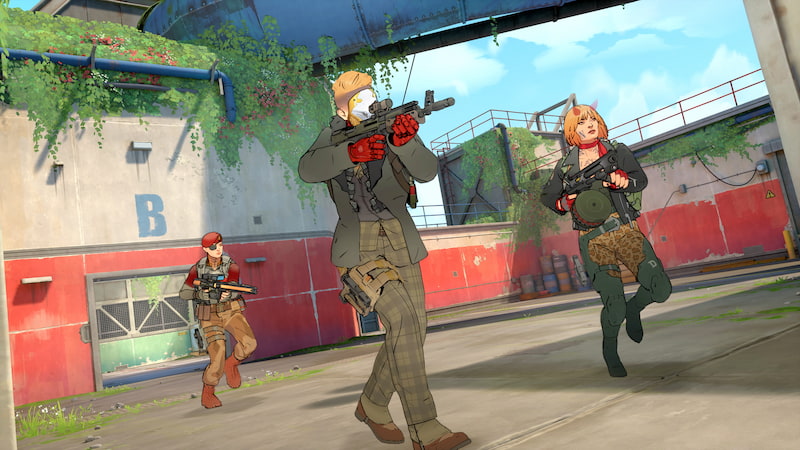
Image Credit: Mountaintop Studios
Your closed beta opened yesterday (August 13), what kind of things are you looking for in this beta? Are there balance elements, mechanics you want to test, or something else?
Lee Horn: “I think really our main goal for day one was to get people excited about the game, build awareness. We’ve been very quiet for the last four years, and this is sort of like, ‘hey, we have a great game, and you should try it out!’
So yesterday was about letting people know. We have Twitch drops on. We got streamers playing and they seem to be having a ton of fun. So it’s ‘hey, this game is worth checking out.’
And then throughout the beta, it’s more of what you said – as people play and they ramp up, letting us know what is working, what’s not working, things that we can make adjustments prior to launch, balance changes, feature tweaks, things like that, fixing bugs, all of those pieces to make it a smoother launch experience.”
Spectre Divide went with a more modern, iron-sights/aim down sights (ADS) approach to its gunplay, something that other tac shooters have avoided, even with their updates and sequels. Why that decision? And how do you think it sets Spectre Divide apart from other tactical shooters?
Lee Horn: “ADS for us was a very big conscious choice that we wanted to do. I mean, I’m a 20-year tac shooter player playing CS back in beta. I used to play in CPL Leagues and all that stuff. So I’m a hardcore player. And it’s a very specific style to stop when you shoot. A very, very unique type of play. And then also shooting above your crosshair as you spray is just the thing that you have to learn.
That’s how the game was made and it’s great, but it’s a specific style. So for us, we wanted to bring it more into modern shooting mechanics and we also wanted to make it easier for new players to understand. So we have true-to-crosshair accuracy and true-to-dot accuracy, your bullets literally go exactly where you look, and you can move and shoot, you have more flexibility. So we think that shooting model will bring in a bunch of players that love the tac shooter format, they love the gameplay, they love the stakes and the tension and all the things that build on that, but they don’t wanna stop when they shoot, they wanna keep moving.
We also think it’ll really, really help for controller and console players who don’t really have something for them. A lot of aiming in those contexts are strafing, right? Strafing is how you adjust and when you have to stand still, it makes it much harder. So, yeah, we think it’s a much more modern feel and it’s a new challenge, but with the same core. You’re still learning recoil patterns, spray control still matters, tap fire versus full autos. Decisions matter. You can still hip fire in our game. There are times where that is the right strategy. It depends on the gun at the range and the health that your opponent has, but it works.”
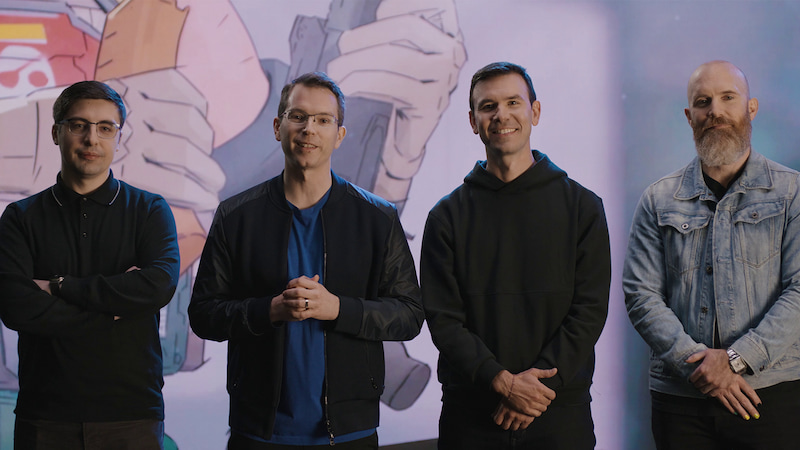
Left to right, Michael “Shroud” Grzesiek, Lee Horn, Nate Mitchell, Richard Lyons. Image Credit: Mountaintop Studios
Another unique element of Spectre Divide is the art style. Black lines, with an almost cell-shaded appearance to it. How much of that is a purely aesthetic choice? And how much of it comes from a place of creating kind of visual clarity in a competitive game?
Lee Horn: “We like to say one of our philosophies here is gameplay is king. And so we really want to make sure that whatever we choose serves gameplay because tac shooter players are a discerning bunch and they really want high quality gameplay. That said, we chose a style that we thought looked awesome. It’s basically a style developed by our art director, Rich Lyons, over many, many years, the sci-fi, comic book art feel.
But a lot of the choices we made were for gameplay so that characters will pop against the background, for example, and they stand out so your target acquisition is much easier. We really wanted clean visual reads so that you can make the right play off of what you see.”
Why Choose 3v3 Gameplay?
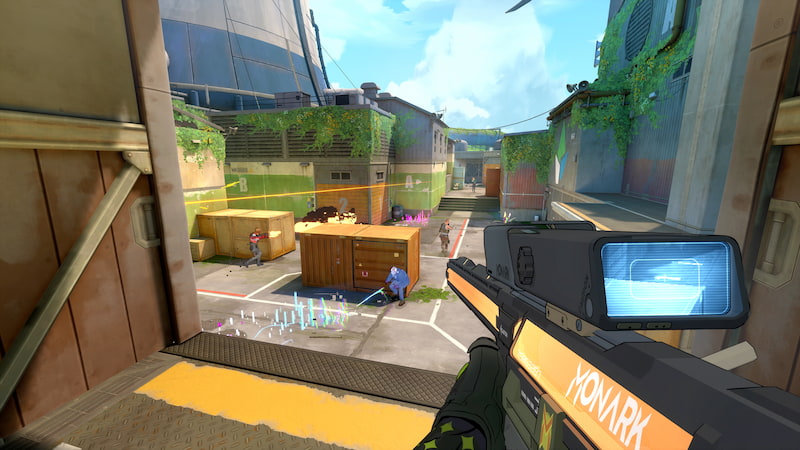
Image Credit: Mountaintop Studios
One thing that’s kind of been mentioned in your promotional materials is the small team feel, making the game feel like ranked doubles, or wingman. Why this format over the more popular five-man team format?
Lee Horn: “So we believe a lot in smaller team formats because of the social benefits. Uh, we all know it’s a lot easier to find three people to play with than it is to find five, that’s just much harder. And it’s amazing how adding only two people makes that puzzle that much harder, even just coordinating schedules, right?
The other one is that communication is a lot easier when you play the game and you’re only talking to two other people. Less comms chatter and just easier to understand what’s going on because you’re only hearing it from two people. And then you’re like a bigger piece of the pie. Like you contribute more to the team. So you have a bigger impact and that feels great. So we love the social benefits of that. And that was a big draw. It’s like, hey, how could we make that work?”
That small team feel is kinda contrasted by your core mechanic, Duality, the Spectre swapping. How do you prevent Duality from making it feel like you’re playing a 6v6 rather than a 3v3?
Lee Horn: “I think the big motivator of why we added Duality was to keep enough density of players on the map and so that there was uncertainty about where the defenders are hiding and where they might be. So that was really important.
But the key is just that they don’t do anything while they’re there, so it’s not overwhelming. They’ll sit there and listen for footsteps, which is really helpful. But in terms of you’re not playing both of them at the same time, or you’re not activating abilities on them simultaneously and things like that. It’s really just tuning it to be more of like a strategic positioning tool than an in-combat super teleporty action tool.”
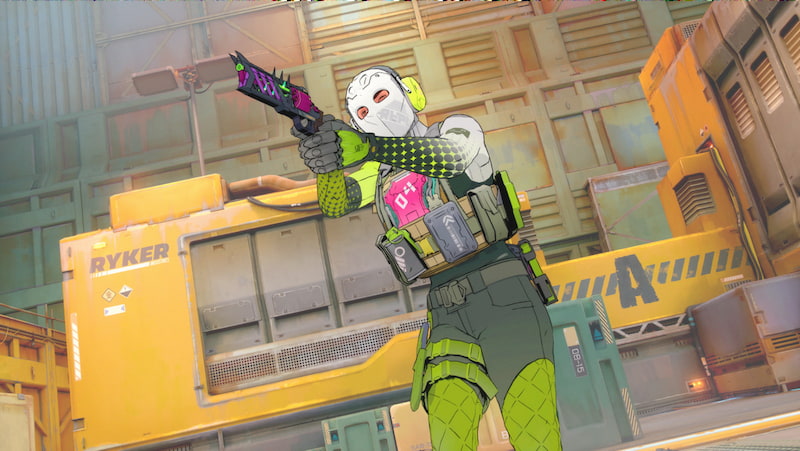
Image Credit: Mountaintop Studios
Do you think something like Duality makes it significantly harder to balance things like utility, weapons, abilities, etc. or does the fact it’s a core mechanic just mean things work around it naturally?
Lee Horn: “Yeah, we spent a lot of time trying to integrate the whole game into and throughout. You’ll notice our guns are sold in pairs. And those pairs are not always the same weapon style. So it might be a sniper rifle and a shotgun, and you have to play them.
You have to think about two bodies in relation to each other versus just, I have a sniper, I play the sniper role. Everyone has one Duality ability in addition to their others, where it does something that’s only possible with Duality. So the adrenaline, for example, when you use it, will heal your first body. But if you swap to the other body, that one gets a combat boost. So it’s a way to cover yourself while you’re healing.
Maps have areas where it’s only possible to get into upper areas or second body areas with your Spectre and throwing the puck. We weave all those things together. At the end of the day, it doesn’t make things harder to balance. It’s still the same challenges of, you know, does this gun kill too quickly? Is it too expensive for what it does? Is it too cheap for what it does?
“We added Duality was to keep enough density of players on the map and so that there was uncertainty about where the defenders are hiding and where they might be.”
– Game director Lee Horn on Spectre Divide’s core mechanic, Duality
You kind of touched on it a little bit, but with the duality, what kind of maps does that allow you to create? You wouldn’t be able to see it at a conventional tech shooter. Does it widen the kind of horizon for those kind of creativity in map design?
Lee Horn: “Yeah, I think we’re trying to phase it in over time. So our first maps are big hooks. We try to have a Duality hook in all of them or some unique Duality gameplay.
Some of it’s just in how the map is designed overall. You need to space the bomb sites differently and the mid lane differently because you only have three sets of eyeballs. But we have things like the Duality-only areas. So that changes the flow of the map as the game progresses.
For example, let’s say you’ve, your opponents, you’ve killed one body on each pair. So it’s three players, but three single-body players. You know that it’s very unlikely unless they deployed early in the round, that they’re not up in a second body area. So now when you swing a corner, maybe you don’t need check that upper area because it’s unlikely they’re there, but they also might be. So you have to make a judgment call and that leads to a lot of interesting depth.
On Skyway, our third map, we have some jail bars that you can shoot through, but you can’t move through and you have to throw a puck. We have fast rapid recall zones where if you throw your puck into them, your puck recalls twice as fast. So that’s just ways that we try to play into the mechanics. And then some of our future maps have other mechanics that play into Duality that’ll be new, interesting challenges for players.”
Lee Horn’s Favorite Strategy and Pitching the Game to CS Players
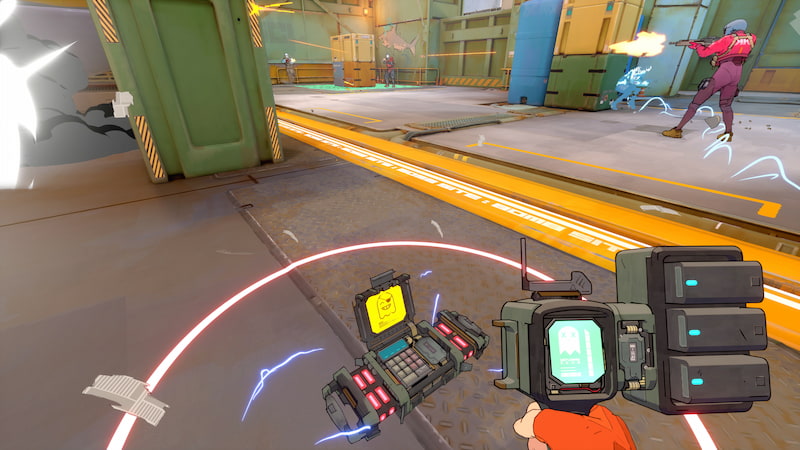
Image Credit: Mountaintop Studios
Do you have a favorite tactic/weapon combination, strategy in the game?
Lee Horn: “I think maybe my recommendation is round two, I like to buy the Whisper pair, the tier two Whisper pair. It’s two SMGs. So I buy that with armor and just run full at them. That is a good round two strategy because a lot of time people are messing around with sniper rifles or burst rifles. I just like to get aggressive and keep zooming around.”
That sounds fun – That’s definitely the kind of thing I can get behind as well! On Steam, when I look up Spectre Divide, it has the “Similar to Games You’ve Played tab.” For myself, it says CS2, and then it says Titanfall 2.
With the aesthetic, the iron sights, the movement tech, do you feel like Spectre Divide occupies a place a little closer to that Apex Legends Titanfall game or is it much more of a tactical shooter?
Lee Horn: “We’re squarely in tactical shooter. I think that comparison’s probably more visual and sci-fi connection than anything gameplay related. We like to say our core verb is sneaking. We like tense tactical gunplay that kind of builds to a big moment. It’s not a rapid sort of twitchy frenetic gameplay.
And so we’re squarely in tach shooters. So if you love tactical shooters, if you love CS, you love VALORANT, you love Rainbow Six, this game’s for you. But also if you’re like, ‘hey, I think I’d love those, but I don’t love the shooting model,’ or ‘I don’t like sitting out for a long time,’ Spectre Divide is probably for you because you’ll play more of every match and you can move and shoot. So we solve a lot of the pain points of our competitor games.
Kind of related to that then, if you had to try and convince a diehard VALORANT or CS player to try Spectre Divide, how are you pitching the game to them?
Lee Horn: “ I think we like to sell tac shooter players on the dream of now you can cover yourself! You don’t need to have a buddy watch your cross, you can watch your own cross and you can only blame yourself if you don’t do it. But if you have the skill, you can save yourself. And so it lets you make big plays.
We’re 3v3, we’re Duality and we’re ADS. So now you can move and shoot, you get that freedom. I think it’s a new challenge and potential for bigger plays for the tac shooter playmakers.”
Spectre Divide is currently in closed beta. You can sign up for the beta by heading to the Steam store page and selecting Request Access.
